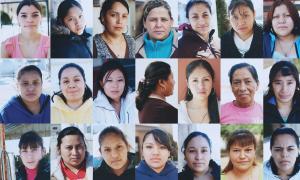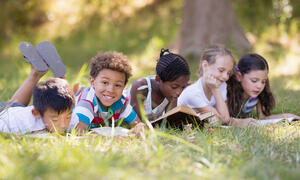article
The Digital Citizenship Minute
Inspired by an article about cyberbullying, I asked my fifth-graders to write podcast scripts. They wrote about teasing, cyberbullying, gossip, intention vs. consequence, advertising, digital footprints and the lack of facial cues in electronic communication. Working mostly in collaborative groups, my students recorded complete “'casts” on our informal laptop studio.



